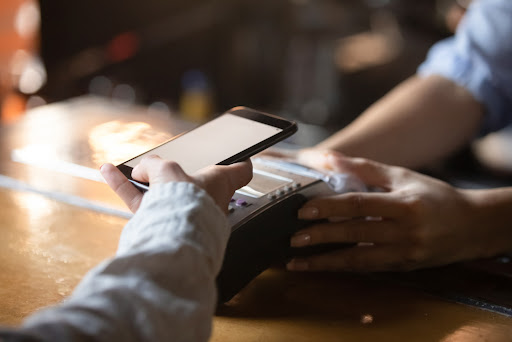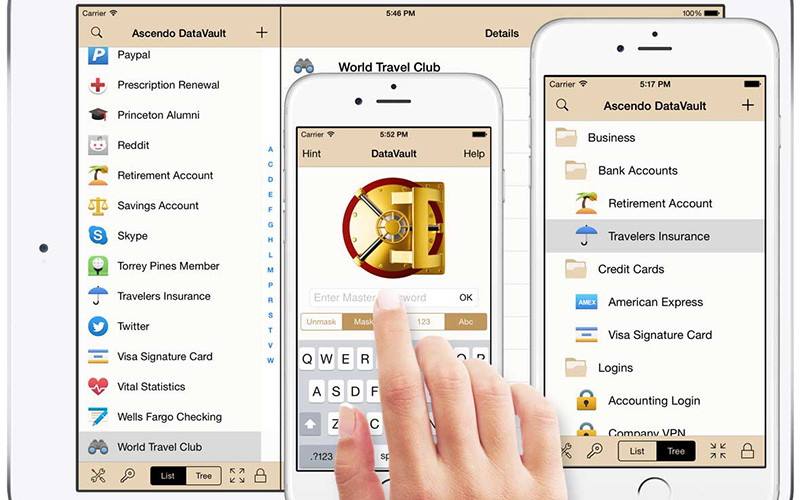How Has Digital Innovation Changed The Retail Industry?

It is no surprise that technology has completely revolutionised the way we conduct business. Rewind to 30 years ago and the only way one could actually purchase something was to walk into a store or maybe pick something fancy on a mail order catalogue. Fast forward to 2022 and technological advancements in the retail industry have opened up a brand new world of possibilities for businesses all around the world.
From online shopping to virtual reality, digital innovation has made its mark on the retail industry and is only set to continue soaring to infinity and beyond. Today, we look at 5 amazing ways digital innovation has transformed the world of retail, so read on to find out more.
The ABCs Of Employee Scheduling
With dozens of employee schedules to organise, retail managers often have a lot on their plates. Thankfully, the rise in the use of scheduling software for retail managers has helped retail stores all around the world simplify and streamline shift scheduling. By making the process of scheduling more efficient, managers and staff are rewarded with extra time to focus on more pressing tasks such as customer interaction, inventory, sales and more. Thanks to the rise in smart scheduling, managers are able to say adios to manual scheduling by spreadsheet, or even worse, by pen and paper.
Simplifying Business With POS Systems
Unless you’ve been living under a rock, chances are you’ve come across a POS system at some point in your life, if not every single day. Once upon a time, the only POS system that existed was a cash register. Fast forward to 2022 and point of sales system software is an umbrella term that encompasses software and hardware that allows a retail business to accept payments and track sales in real time. Other functions such as inventory management, loyalty programmes and online store integration are also covered by POS systems that allow both employees and customers real-time, accurate data without unnecessary delays. To put it simply, think of POS systems as a supercharged cash register on steroids that exists to make daily business operations ten times easier.
Online Shopping On A Global Scale
E-commerce has absolutely blown up ever since the pandemic hit and we don’t see it going anywhere for ages to come. Almost everyone has a smartphone or a computer in 2022, making online shopping one of the fastest growing industries in the last 2 decades. With the further introduction of social media shopping platforms such as Facebook Shops and Instagram Shopping, businesses all over the world are now able to not just promote but also cater and deliver to an international audience. Furthermore, online shopping occurs 24/7, thus allowing businesses to make sales outside the confines of workday hours.
To find out more about why we all love online shopping so much, be sure to check out this article.
Cashierless Stores
Whether you love it or hate it, cashierless stores are here and they aren’t going anywhere anytime soon. The truth is that much of a retail business’ resources go into employee wages and the recruitment process. Thankfully (or not, depending on what your individual opinion is on the matter), digital innovation has allowed retailers of all kinds to to take their business online, without the need for cashiers.
Aside from online business, the rise in the use of ‘self checkout’ machines at supermarkets, department stores and even restaurants has further reduced the need for human manpower, allowing consumers to finalise their purchases on their own terms without having to wait for employee assistance. Are the robots going to end up taking all our jobs? Probably not, but who knows!
Augmented Reality For Employees and Customers
Augmented reality for employees and customers one is probably the coolest technological advancements in recent times. One great example of augmented reality in the retail sector is IKEA’s “Ikea’s Place” app. This application allows shoppers to access the majority of IKEA’s inventory via a live view function to virtually place true-to-scale 3D models in your very own home before making a purchase.
Another popular example of AR comes in the form of virtual fitting rooms. In essence, a virtual fitting room allows consumers to try on items of clothing without ever having to touch them. This technology works by overlaying an item on a live video feed of a customer, allowing you to to see the size, style, and fit of an item before buying it. Thanks to digital innovation, augmented reality has become an active part of the shopping experience.
Technology and digital advancement influences almost every aspect of our lives – from how we communicate with one another and order our daily meals, to the way we access healthcare and of course, conduct our business.




